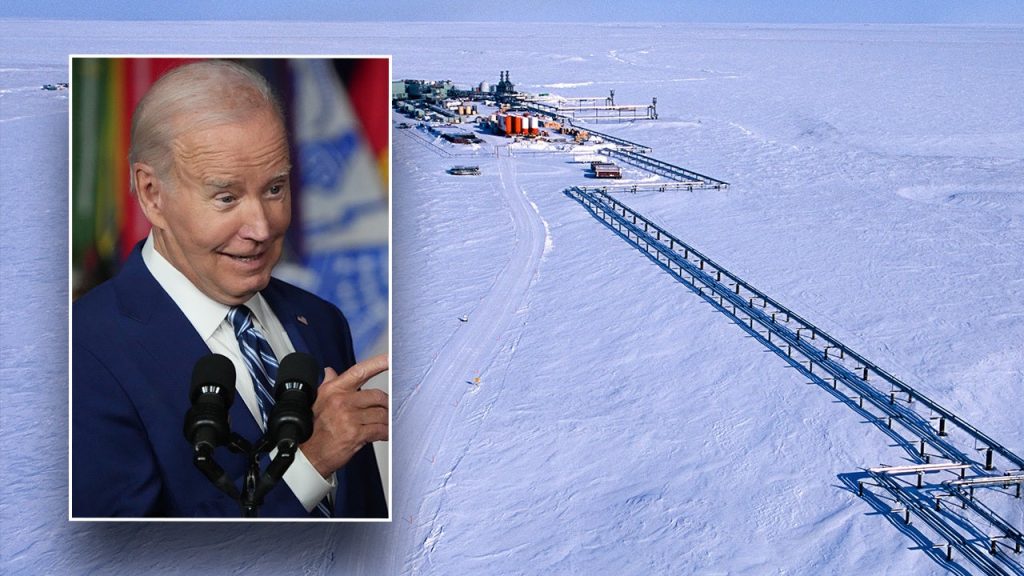The Biden administration is set to block oil and gas drilling across millions of acres in the National Petroleum Reserve in Alaska, a move that has drawn both support and criticism. The Department of Interior is expected to finalize regulations just days ahead of Earth Day, effectively prohibiting new leasing across 10.6 million acres of the reserve. The regulations would also require the Bureau of Land Management to review expanding or creating new protected areas within the reserve every five years. Interior Secretary Deb Haaland has emphasized the need to protect the fragile ecosystem of the Arctic, which is warming at twice the rate of the rest of the planet, as part of the administration’s climate and conservation agenda.
The regulations proposed by the Biden administration would limit future oil and gas leasing and industrial development in several “special areas” within the National Petroleum Reserve in Alaska, known for their rich wildlife populations. Closing off these areas from resource development is intended to protect wildlife species, including caribou. While the regulations have received support from Democrats and environmental groups, they have faced criticism from the state of Alaska, the bipartisan congressional delegation, local leaders, Indigenous groups, energy industry associations, and Republican lawmakers. Senator John Barrasso has accused President Biden of attacking American energy by prohibiting oil production in the NPR-A, drawing comparisons to banning picnics in Yellowstone National Park.
Alaska’s Senators and representatives have urged the White House to consider the perspectives of Native Alaskans, many of whom support oil and gas development in the National Petroleum Reserve. Despite recognizing the impacts of climate change on the Alaskan environment, they argue that the administration’s policy objectives do not negate congressional direction or the obligation to consider the perspectives of those impacted by the proposed rule. The decision to lock up lands in the NPR-A could potentially lead to outsourcing oil and gas production to countries that are adversarial to the United States, such as Russia, Venezuela, and Iran. The move has sparked a heated debate between those who prioritize environmental conservation and those who advocate for energy independence and economic growth in the region.
Overall, the National Petroleum Reserve in Alaska spans 23 million acres of public land and was originally established as a petroleum reserve for the U.S. Navy in 1923. The reserve was transferred to the Department of Interior in 1976 under the Naval Petroleum Reserves Production Act. The Biden administration’s plan to block oil and gas drilling in a significant portion of the NPR-A reflects its commitment to addressing climate change and conserving environmentally sensitive areas. Despite the opposition from various stakeholders, including the energy industry and Republican lawmakers, the administration is pushing forward with these regulations as part of its broader climate and conservation agenda. The decision to restrict resource development in the National Petroleum Reserve showcases the administration’s efforts to balance environmental protection with economic considerations in a region that plays a significant role in the nation’s energy landscape.


